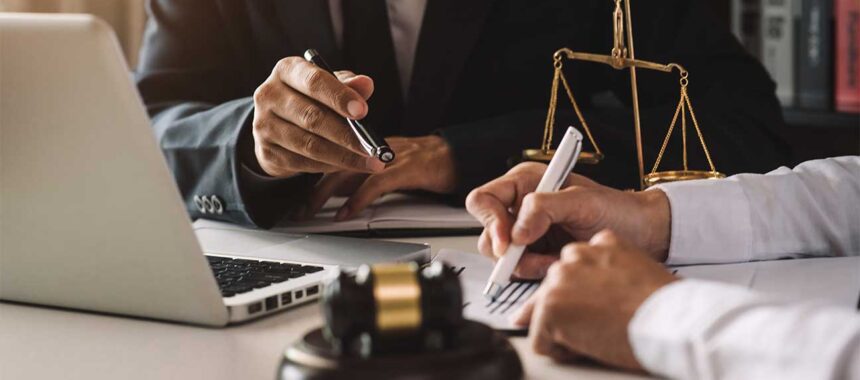Understanding the Process of Personal Injury Settlement Payments
Receiving a settlement in a personal injury case can bring a sense of relief and closure, but it’s important to understand the process of how the settlement will be paid out. Settlement payouts can be complicated, and the amount you receive might not be the full amount of your settlement after attorney fees and debt payments are taken out. That’s why it’s crucial to follow the necessary steps to ensure that the settlement payout process goes smoothly.
Firstly, you will need to sign a release form from the insurance company agreeing to the terms of the settlement and releasing them from further liability. Make sure to review the terms with your attorney to ensure that they match the agreed-upon terms and that there are no unfair conditions.
Once you have signed the release form, your attorney will receive the settlement check in their name and deposit it in their firm’s account to settle your obligations. Your attorney will then negotiate any outstanding debts related to your personal injury case, such as unpaid medical bills. They might be able to settle your account for a lower balance than what you owe or convince the medical providers to forgive your debt entirely.
After settling your debts, your attorney will take out a percentage of the remaining balance for their fees and to cover costs incurred while handling your case. Finally, your attorney will print your settlement check, reflecting the remaining balance after all fees and debts are settled.
It’s important to note that you can receive your settlement in a lump sum or smaller installments, depending on your preference. Both options are tax-free, and you can use the settlement money however you choose. If you have any questions or concerns about how your personal injury settlement will be paid out, be sure to consult with your attorney. Following these steps can help ensure that your settlement payout process is smooth and stress-free.

